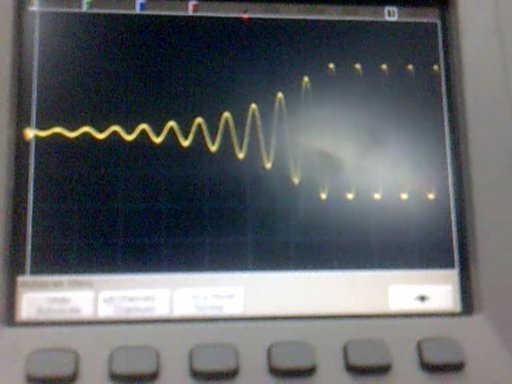How do oscillators start up?
Published by Arun Isaac on
Tags: electronics
I’ve been meaning to put this up for a long time now. At last gotten about to editing and uploading this video… Just one of those moments of wonder in the lab which I happened to capture on video…
If you are into oscillator theory, you probably know that oscillations in an oscillator build up exponentially before hitting power supply saturation and stabilizing. Well, at least that is what the textbooks and the equations claim. But, have you ever seen it? :-) That’s what this video is here for! Hope you enjoy it!
<iframe class=“youtube-player” type=“text/html” width=“640” height=“385” src=“https://www.youtube.com/embed/a-uAsRo4P4E” frameborder=“0”> </iframe>
So, how was what is shown in the video achieved? I mean, usually, the time taken by the oscillator to go from exponentially rising oscillations to steady oscillations is negligibly small, right? So, the build up of oscillations should hardly be visible on the oscilloscope screen, right? Then, how was this video done?
Actually, no, the time taken by an oscillator to go from exponentially rising oscillations to steady oscillations need not necessarily be small. The oscillator does not take a certain amount of time but rather a certain number of cycles to stabilize into steady oscillations. So, for an oscillator with a low enough frequency, the “certain number of cycles” would represent a large enough amount of time. Hence, the build up of oscillations would be slow enough to be examined on an oscilloscope screen at leisure. And, to be a little more exact, the oscillations in the video were produced by an opamp Wien bridge oscillator of frequency less than 1 Hz.
From a more historical perspective, this video means a lot to me because it marked the time my college finally gave me access to their finest lab equipped with powerful 1 GHz Agilent scopes! And, I am really grateful to my tutor without whose help lab access would have forever remained a distant dream. I know it is rather sad that one has to go through so much struggle to get as much as access to a lab in college, but given the situation, the tutor is my hero! :-)
